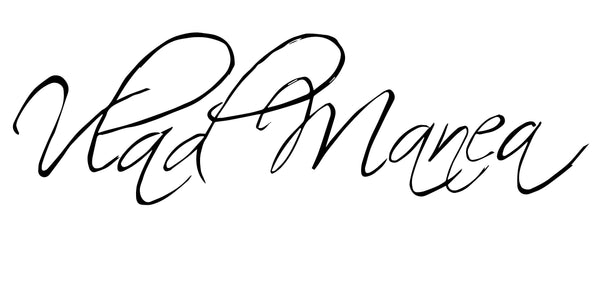Why Shooting in RAW Is Essential for Color Grading in Photography
Share
In the world of digital photography, color grading has become an essential part of creating stunning, professional-quality images. Whether you're aiming for a cinematic tone or a consistent brand style on Instagram, your editing workflow starts with one crucial decision—shooting in RAW format.
If you're serious about enhancing your photo editing skills and achieving better results through color grading, understanding why RAW is superior to JPEG is key. In this article, we’ll break down the importance of RAW files for color grading and how they give photographers maximum control in post-processing.
What Is a RAW File in Photography?
A RAW file is the uncompressed and unprocessed data captured by your camera’s sensor. Unlike JPEGs, which are automatically compressed and color-adjusted by the camera, RAW files preserve all the original information from the scene, including dynamic range, white balance, and color depth.
This gives photographers more freedom to adjust and fine-tune their images without sacrificing quality—an essential advantage when color grading.
Why RAW Format Is Better for Color Grading
1. Maximum Color Data
RAW files contain significantly more color information than JPEGs. While JPEGs are limited to 8-bit color (about 16 million possible colors), RAW files typically store 12-bit or 14-bit data (68 billion to over 4 trillion possible color variations). This additional data gives you finer control when adjusting hues, tones, and gradients in your color grading workflow.
2. Wider Dynamic Range
Shooting in RAW allows you to recover more detail from shadows and highlights. This is crucial for color grading, where pushing exposure and contrast often plays a key role. JPEGs tend to clip details in very bright or dark areas, limiting your flexibility during editing.
3. Non-Destructive Editing
Because RAW files are not permanently altered when edited, all changes in software like Adobe Lightroom, Capture One, or Photoshop are stored as metadata. This means you can experiment with different color grades without degrading the original file—perfect for refining your creative style over time.
4. Better White Balance Adjustments
White balance is baked into a JPEG file, but with RAW, you can completely recalibrate white balance in post without reducing image quality. This is particularly important for photographers who shoot in challenging lighting conditions or want to apply stylized tones through color grading.
How RAW Enhances Your Post-Processing Workflow
Color grading is a form of visual storytelling. Whether you're aiming for warm tones, desaturated moods, or high-contrast cinematic looks, starting with a RAW file gives you the technical foundation to bring your creative vision to life.
Photographers who shoot in RAW:
-
Achieve more natural skin tones
-
Prevent banding in skies or gradients
-
Have more control over local adjustments and masking
-
Can fine-tune specific color ranges without artifacts
In short, RAW files give you the headroom to push your edits further while maintaining image integrity.
Is Shooting in RAW Always Necessary?
While RAW is ideal for professional photo editing and color grading, there are scenarios where JPEG may be sufficient—such as quick social media posts, casual photography, or when storage space is limited. However, for any serious work involving color grading, retouching, or professional delivery, RAW is the standard.
Conclusion
Shooting in RAW is one of the simplest yet most impactful choices you can make as a photographer looking to elevate your post-processing results. It unlocks the full potential of color grading, ensures higher image quality, and gives you the freedom to creatively express your style.
If you’re still shooting in JPEG, consider switching to RAW to take full advantage of your editing software and improve the visual storytelling in your photography.
If you want to learn how I do the color grade and what schemes I used, click here!
